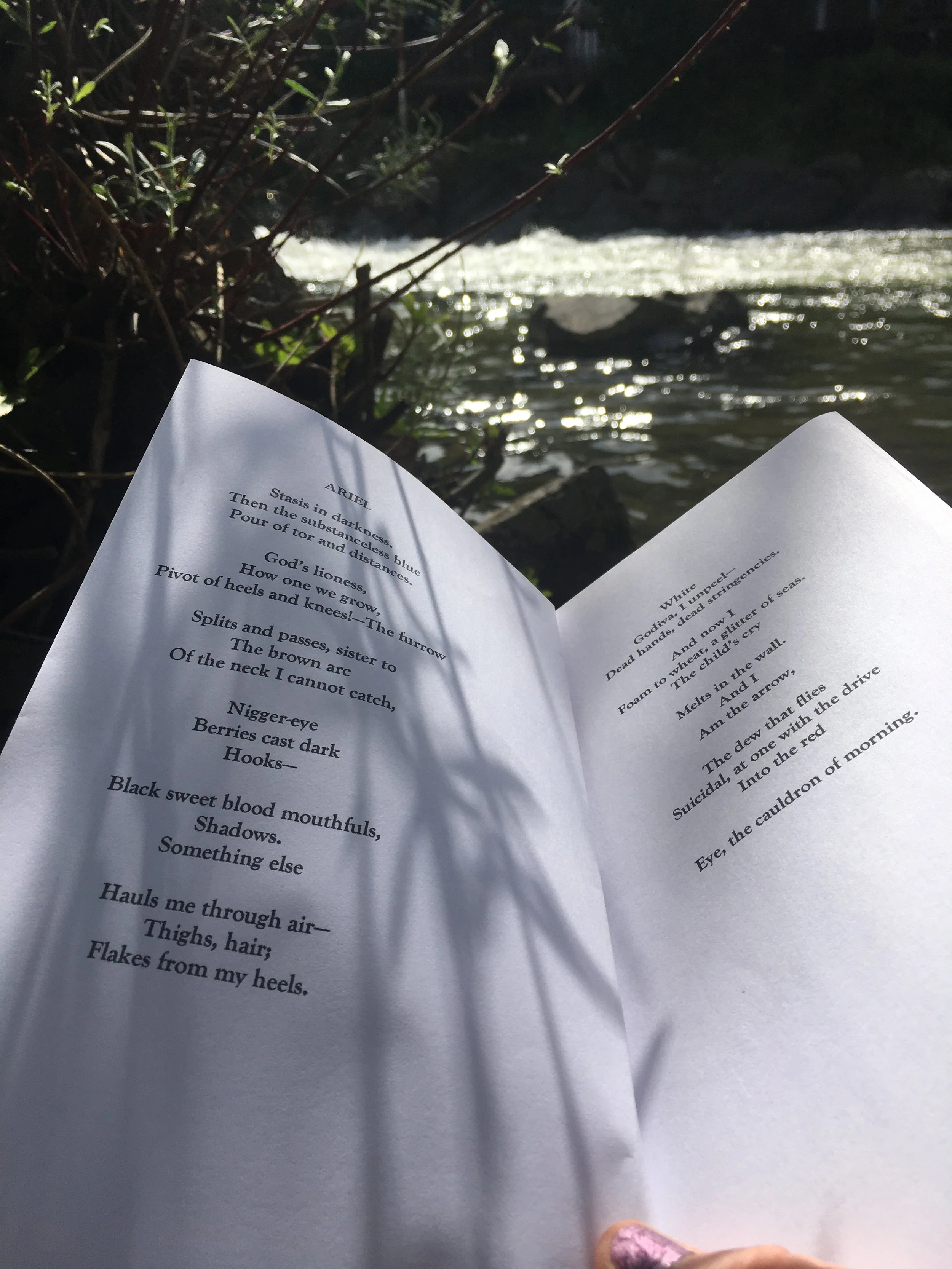Detail and Distance
/In wild words moments of high tension, drama and emotion are described in detail, in order to give the listener or reader the opportunity to really feel. Conversely, mundane events in the story, that serve only to shift the reader from one location to another, or from one time to another, or to convey necessary information, are summarised. In this way the words on the page are always passionate and powerful, and the story flows.
Tracking the Wild Words
‘Get too close and he’ll run, or attack. Stay too far away and you’ll lose him in the forest. You need to find that edge of staying steady in the face of your fear of him’.
When we tell stories, we have to make choices around when to summarise the action, and when to go into close descriptive detail, i.e. when to report a whole conversation, and when to just give the reader the gist of things via a single quote.
It’s useful to think in filmic terms here. Often in a film we start with a long/wide shot to orient the reader to the setting, and then move into closer shots, to capture moments of drama and emotion. Sometimes, it can be more impactful to open with a close shot and then pull back to reveal the setting slowly. Either way, and whatever genre we write in, we want to be close-up for times of high tension.
If we want to emphasise, for example, a significant hand gesture made by a character, we effectively create a close-up, in words, on their hand. We do this by describing it in great detail. And if, for example, we want to skim over events because they are not crucial to the plot, we effectively give the reader a verbal wide-shot. We do this by summarising events. This scales down the reader’s interest and attention.
Similarly to tracking an animal in the wood, in our story we need to give the listener or reader enough contextual information that they are oriented to the environment we are describing, but not too much, or they get bored. Remember that the receiver is mostly interested in how the lead character goes about achieving what they want to achieve, and how they succeed or fail at each step. Primarily, they want to feel, through engaging with emotional journey of the hero.
The Fears
When our choices around detail and distance are conditioned by fear, they are random. After all, if we keep moving, keep running away, we don’t have time to feel scared. And we don’t have to stay with the uncomfortable feelings. But in doing so we also avoid emotional contact with our subject.
It’s frightening to get close to what we fear. That makes us vulnerable. We fear making a mistake and our story being ridiculed. To deal with the fear we sometimes absolve ourselves from responsibility for our storytelling process and decide to follow the advice of a writing tutor, or other expert, or a book on technique. We also often do one of the following things: either we write always in close detail, or we always summarise.
Fear On The Page
On the page a rigid system is put in place. The listener is either exhausted or bored by the intensity of the unending details. Alternatively, they feel far from the actions, and can’t touch the heart of the emotional story. Either way the narrative ends up predictable, and lacking in drama. The reader feels they don’t know some characters well enough, and they know others too well.
It doesn't have to be like that. Do it differently to awaken the Wild Words.
To see the Writing Prompt that accompanies this article, you'll need to sign up on the Wild Words website homepage to receive the Monthly Newsletter, or join the Wild Words Facebook group












We unpeel those layers that have attached themselves over time, by finding word portals back to a freshness of thought and expression.